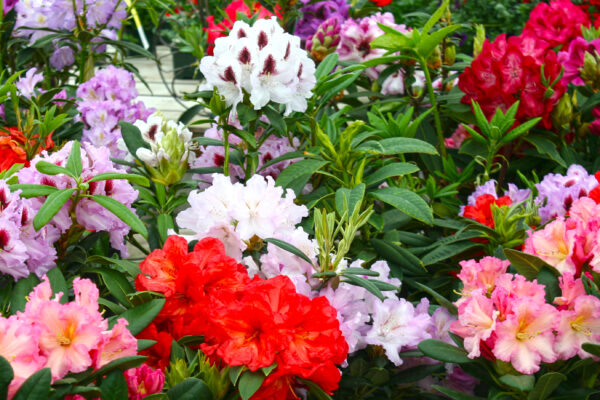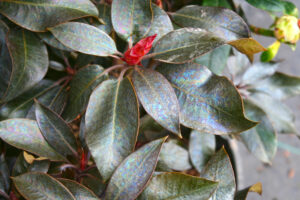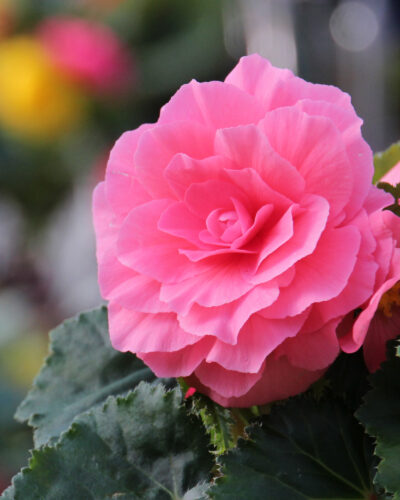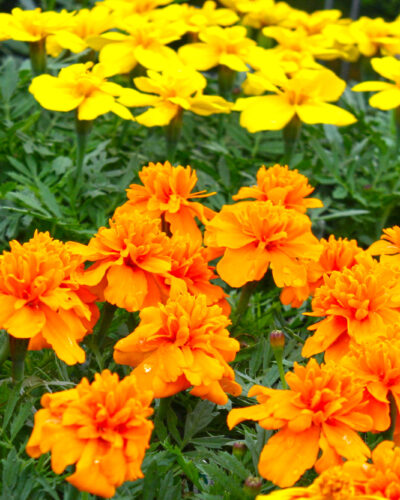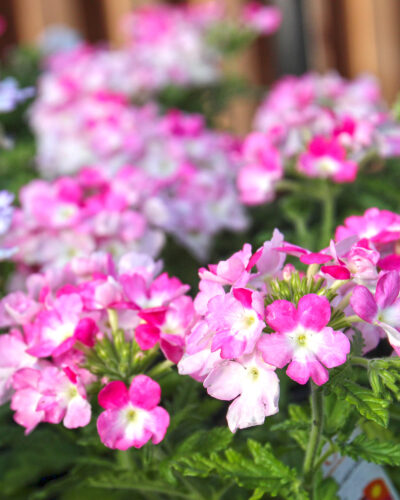Description
Nothing says Pacific Northwest quite like evergreen Rhododendron. A clear favorite in our area for their beautiful blooms.
The Flowers
Rhododendron are among some of the first blossoms to welcome spring. Depending on the variety they will be blooming between late February and June. Each plant produces flowers for about three weeks. You can plant different varieties of Rhodys to extend the season that these plants are blooming in your yard.
These evergreen shrubs produce large clusters of bell shaped flowers on the ends of branches. The flowers can be seemingly endless shades of red, pink, purple, white, yellow or bi-colored. Deadheading spent bloom stalks isn’t required, but it can help make the plant more attractive. Any pruning should be done after blooming is completed, but before July 4th to avoid damaging the subsequent year’s buds.
The Plant
There is almost as much variety in the plant size as there is in the flower coloring. These shrubs can range from a 1 ft dwarf to a 15 ft giant. However, most varieties are going to be between 4 and 6 ft tall and wide. As a very general rule of thumb, the smaller the leaf, the smaller the plant. So a variety like R. Chikor with tiny leaves will be a dwarf sized bush.
These broad leaf evergreens grow in loose mounds with thick, leathery leaves. Foliage is generally dark green. Some foliage, like on Rhododendron ‘Ebony Pearl’, can be almost black with an iridescent shine.
The Conditions
Rhodys grow in the wild as understory shrubs. They thrive in dappled sun, or with afternoon shade. There are many varieties, however, that will tolerate full sun as long as it isn’t reflected off of a building or wall.
These plants prefer moist, well-drained, acidic soil (acidic is what we have in this area, west of the Cascade Mountains). Rhododendrons really do not like heavy, clay soils (which we also have in this area). Without adequate drainage the roots can rot. Be sure to amend your soil sufficiently with a compost when planting and plant the root ball high.
The Problems
The typical bothersome insects can be an issue, like aphids and mealy bugs. They may also need to be treated for fungal diseases like powdery mildew and rust, especially if airflow around the plant is limited. Moderately deer resistant, rhodys are sometimes ignored by deer and sometimes damaged. Despite the care that these plants may require, they are well worth growing and you can hardly call yourself a true Oregonian without at least one in your yard.
Check out the many rhody varieties that we offer.

